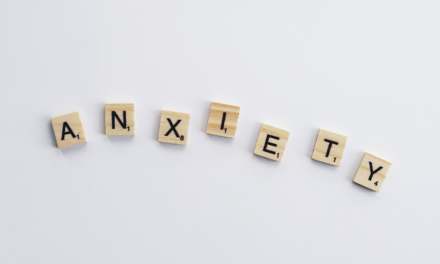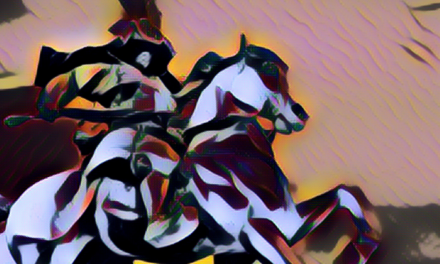1. Brunch was originally invented to cure hangovers.
An English writer, Guy Beringer, first proposed the idea for the mixed meal in his 1895 essay “Brunch: A Plea.” In it, Beringer defended those nursing their Sunday morning hangovers. In the piece, which was published in Hunter’s Weekly, he argues that brunch would serve as the perfect remedy for Sunday morning hangovers—and it could be the perfect social gathering at which to share stories of Saturday night’s debauchery.
2. The original name for the search engine Google was BackRub.
It was renamed Google after the googolplex, which is the number one followed by 100 zeros.
3. It’s impossible to hum while holding your nose.
When you hum, you are actually exhaling, so if both your mouth and your nose are closed, the air can’t escape. So, although you can hum for a very brief few second or two, you will be forced to open your mouth and catch your breath
4. Broccoli is manmade.
It was bred by Italian farmers more than 2,000 years ago, carefully breeding different types of wild cabbage to create it.
5. Nearly 2 people die each second.
While four babies are born on Earth every second, it’s estimated that around two people pass away at the same time. That means that 105 people die each minute, 6,316 people die each hour, 151,600 people die each day, and 55.3 million people die each year.
6. The world’s largest pyramid isn’t in Egypt.
The Great Pyramid of Cholula, in Mexico, is the largest known pyramid in the world today. The Aztec temple has a base of 40 acres and stands 214 feet tall.
7. Your funny bone is actually a nerve.
The ulnar nerve controls feeling in your pinky and ring fingers, and helps control the muscles in the wrist, as well as parts of the hand. One idea for how the ulnar nerve got its name is the fact that the nerve also runs through the humerus bone in the upper arm.
8. Each time you shuffle a deck of cards, you get a combination that’s never existed.
Take a deck of cards and shuffle. More likely than not, you will have created a combination of cards that had never existed yet until that moment. Math experts know this because the probability comes out to 52 factorial or 52! (52 x 51 x 50 … x 2 x 1). The probability that two card shuffles are exactly the same is so small, it likely will never happen.
9. The opposite faces of dice add up to 7
For the traditional six-sided dice, opposite faces are arranged to always add up to seven. One and six, two and five, and three and four each make combinations of seven. This might explain why seven is the most common number when rolling two dice. Next time you’re looking to roll a seven, just know that the odds are in your favor.





